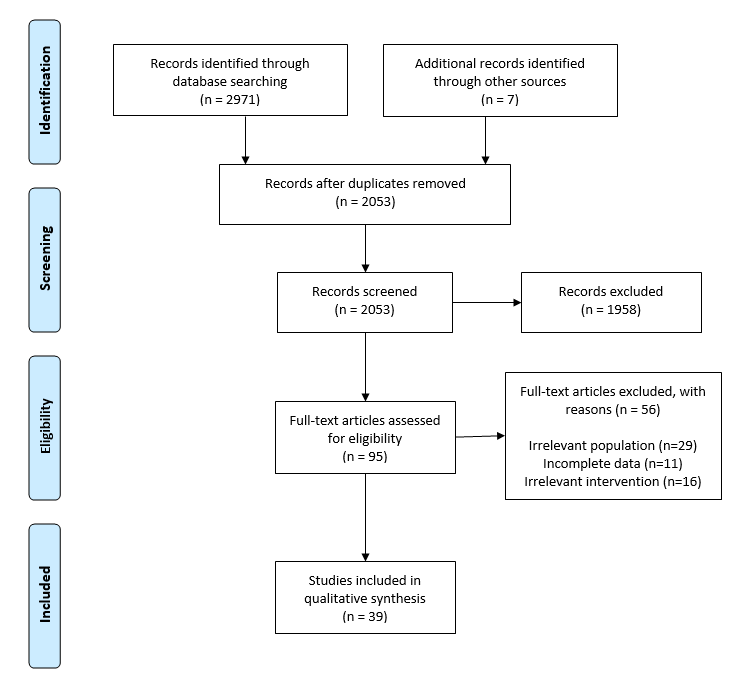Systematic-style reviews answer a question by analysing and summarising all relevant literature. They are widely used in many disciplines.
These reviews have:
- transparent, reproducible and auditable methods
- a rigorous search designed to locate all eligible studies
- predetermined criteria for including and excluding studies.
There are several types that all follow a similar process.
Do you need to write a narrative review?
Should I do a systematic-style review?
Before deciding to use this approach:
- learn about different review types
- read quality reviews in your discipline
- speak with your supervisor or team leader.
Ensure you understand the:
- steps involved
- time commitment
- reporting requirements
- importance of reproducibility and transparency.
Think about:
- the review's purpose
- how it will contribute to existing knowledge.
Your review will need:
- a well-defined question with clear inclusion criteria
- enough literature for analysis
- time and motivation.
If your scope is very broad think about conducting a bibliometric analysis.
For a more flexible approach, consider a narrative review.
Understand the process
The process you follow depends on your review type. Speak with your supervisor or team leader to ensure you use the correct approach.
Keep good records

Good record keeping is essential. Accurate and complete records ensure your review is transparent, reproducible and auditable.
- Set up a spreadsheet or table to track:
- when and where you searched
- keywords or phrases used
- search filters and limits
- number or results retrieved.
- Before removing duplicates and starting screening, record the results from each database or source.
- Use a PRISMA Flow Diagram to report these numbers.
Remember to consult PRISMA-S guidelines for comprehensive reporting.
Ask the library
We are here to help!
Find us in the libraries or contact us by phone or online.
Copyright matters
Find information and support for all aspects of your copyright compliance obligations.
eResearch services
For help with your research technology, data science and technical infrastructure needs.
Office for research
For help with research grant funding opportunities, ethical and IP matters.
Workshops
Attend a workshop targeted to support you throughout the research lifecycle.